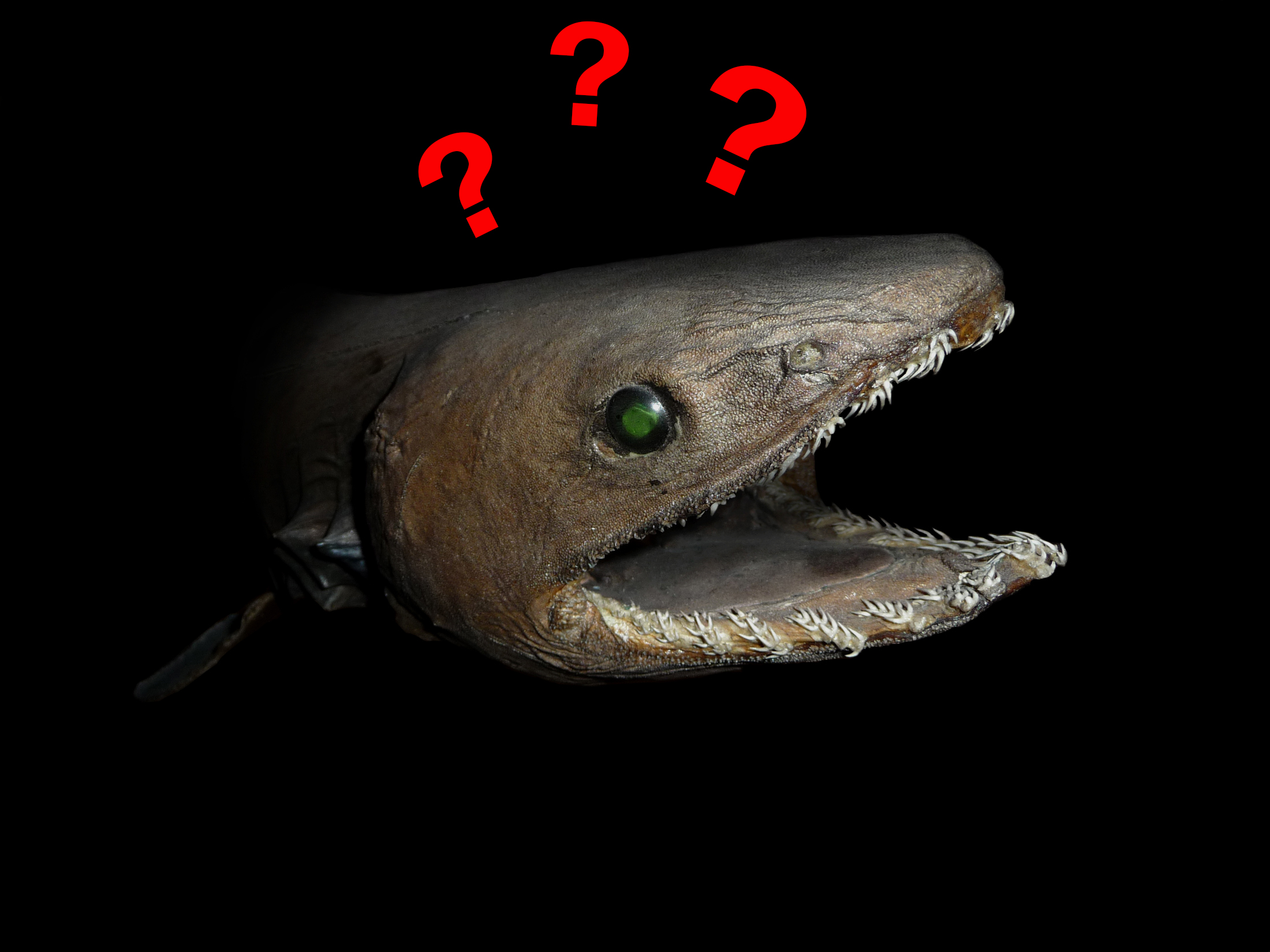This ‘Ancient Shark’ With 300 Teeth Is More Common Than You’d Think

Credit to Author: Samantha Cole| Date: Mon, 13 Nov 2017 20:08:40 +0000
When researchers caught a frilled shark off the coast of Portugal last summer, it made headlines as a rare, weird sighting. With a slithering, serpentine body and 300 teeth, the shark and its ancestors have served as inspiration for sea monster mythology for millennia. This is what you fear touching your foot when you’re swimming in murky ocean water.
But while it might be horror-myth material, the frilled shark is not all that uncommon.
Scientists from Portugal’s Institute for the Sea and Atmosphere caught the five-foot-long frilled shark at a depth of 2,300 feet off the Algarve coast, according to Sic Noticias TV, a national channel. The researchers didn’t set out to find a “living fossil” on that expedition; they caught the shark while studying commercial fishing practices, according to the BBC, which calls it “rarely caught.”
That isn’t entirely accurate.
Little is known about the species, sure. It exists so far below the surface that when one is pulled up as bycatch in a fisher’s net—it’s thought to hang out around 1,500 to 3,000 feet deep—the change in pressure kills it. But that doesn’t necessarily mean it’s an incredibly rare find. A shark researcher unintentionally caught 28 frilled sharks while trying to catch goblin sharks in Tokyo Bay last March. Occasionally frilled shark ends up in Japan’s fish markets. One specimen thoroughly freaked out a fisherman in Australia in 2015, who claimed it was alive at the time and that it tried to take a chunk out of a deckhand.
Read more: This Rare Video of a Greenland Shark Is a Metaphor for Scientific Progress
The frilled shark even got a Discovery Channel “Shark Week” cameo, placing it solidly in the Normie Shark category:
It’s also possible they’re not as old as some headlines tout them to be. There’s some dispute between scientists on the frilled shark’s true age. Some say it is indeed from the late Jurassic period, making it a peer of the Tyrannosaurus rex. Others, however, place it closer to the neoselachians, including modern-era sharks and rays.
Either way, it’s old as hell, has way too many goddamn teeth, and with all due respect for this living fossil, is not something I want brushing past me on a swim.
Get six of our favorite Motherboard stories every day by signing up for our newsletter .